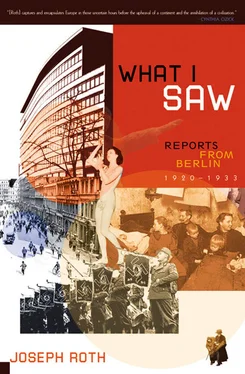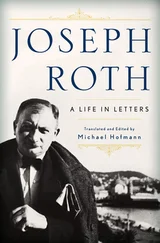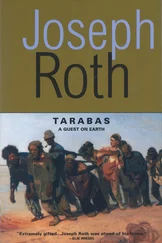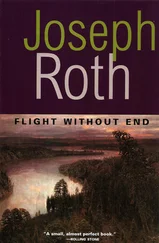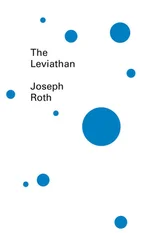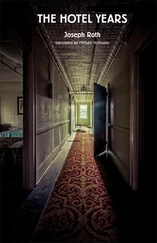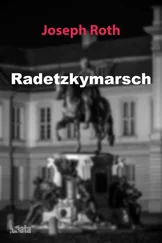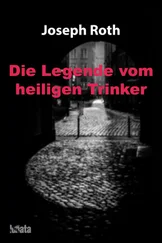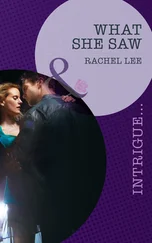Enmities among the clientele at Schwannecke’s can also take surprising turns, and it would take a naive person indeed to put his trust in one, and hope to use it, say, for his own advantage. Even after an unmistakable declaration of a so-called ink feud — which, along with the ink vendetta, is about the most dangerous custom among the Schwannecke tribes — no one can predict how quickly a feuilleton writer is capable of ending a long-standing campaign against an author that has gone on for days if not weeks. Quite suddenly there is a long and admiring review, without anyone being able to give the how, why, and wherefore. Sources close to both parties have been known to claim that a shared interest in a new type of sports car has brought about a “speedy” reconciliation between the two foes. Because for some time now the mania for speed, with which the construction, destruction, and reconstruction on the Kurfürstendamm and elsewhere has been taking place, seems to have taken hold on the priests of the intellect and their acolytes, and every one of them seems to be capable of forgetting their principles over a fifty-mile-an-hour joyride. The experience of measured speed tearing down the road seems to eclipse for them the sensation of that unmeasured speed with which they forget a commitment. And since, in our contemporary literature, a monocle is a fair stand-in for an eye, it is no longer possible to distinguish sympathy or the lack of it, even in the way ostensible foes regard each other. For which reason I have long made a point of reading personal attacks and diatribes in our literary pages as if they were merely a particular, inverted form of overture.
I have reason too to be irked by the design of Schwannecke’s: the long, narrow interior, with square niches stitched along both sides, so that various groups of clients are kept separate from one another, as if they didn’t all belong together. I am annoyed by the narrowness of the room, and by the fact that it can’t hold everyone who ought to be there. It is one of my favorite fantasies, when I find myself sitting in one of the niches in the early morning, which, here, is an extension of the night. I imagine a colossal, panoptical Schwannecke’s with a domed roof, big enough to house all the writers and all the critics, the film producers and their reviewers, the stage and its scribblers, even encompassing the studios and ateliers of individuals who profess the snobbism of a solitude that is not theirs by nature, collapsed and broken-up studies, where only the hammering of a typewriter punctuates the empty thrumming of ideas. I see before me an infinite, as it were hyperreal Schwannecke’s, a pantheon of the living — if not live — artistic scene, with room in it too for the garages of the bold poets of speed, and a racetrack for the bards of now, and even a landing strip for the tabloid Homers of aviation.*
Frankfurter Zeitung, June 2, 1928
23. The Kurfürstendamm (1929)
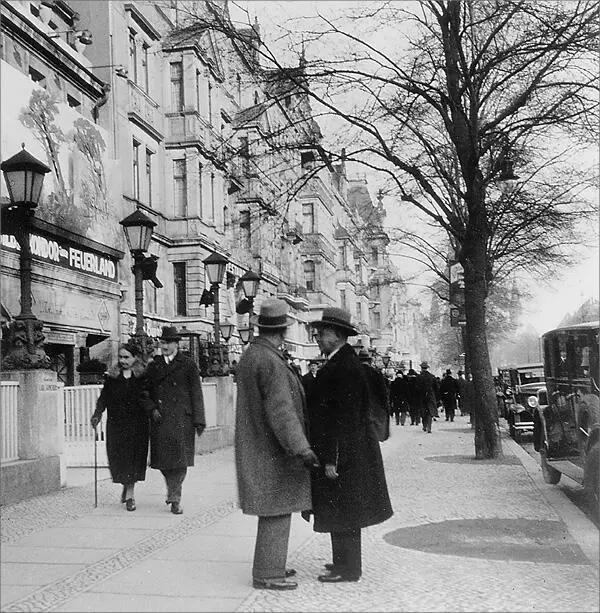
In the evening I walk along the Kurfürstendamm. I slink along the walls like a dog. I am on my own, but I have a certain sense that my destiny has me on a leash. From time to time I have to step aside to avoid a fence that has a garden behind it. I am not allowed to set foot there. I envy the streetcars, which are allowed to glide coolly and briskly over the strips of lawn that have been laid in the middle of the thoroughfare. They have been laid expressly for them, as if they were wild animals brought to Berlin from their lush green homes and, like the animals in the Zoologischer Garten, had to be offered a pathetic suggestion of their habitat. Sometimes, instead of a little patch of lawn behind the fence, there’s a little gravel patch. Framed by bricks, in a sort of flat distinction, it contains myriad little stones, the sight of which makes one grate one’s teeth. I should like to know who the inventor of this stone flora was, and whether the gravel is sprinkled daily so that it doesn’t wither and die. Strips of asphalt run parallel to the streetcar lines and lawns, and down these omnibuses and cars clatter, causing traffic jams. Often they enlist the help of traffic lights, which alternate automatically among red, yellow, and green without any visible cause. They are suspended from wires in the air wherever there is a crossroads — eyes that shine but are sightless. When they are angry they turn red, and when their temper tantrum is over, they turn green once more. When they are red the traffic must stop. Sometimes the traffic lights succeed in turning red just at the right moment, which is to say just as a couple of trucks are coming out of the side street. Mostly though, they lose their temper each time a bicyclist seeks to come out of the side street, or a man pushing a handcart. Even the policemen, who are of course still the representatives of the law, are powerless against the traffic lights on high, the true eyes of the law, compared with which the eyes of the police are just a likeness.
Sometimes the rows of dwellings are interrupted by cafés, cinemas, and theaters. It is to these, really, that the Kurfürstendamm owes its significance as a traffic artery. God knows what it would be without them! That’s why they bend all their efforts to add to its greatness. Having heard of its claims to international importance, they try to be international. A restaurant is a little piece of America, a café of France. Of course it looks nothing like New York or Paris, but it awakens a little echo of this or that. In their modesty the places think of themselves as successful copies, but in fact what they are is botched originals. In the American restaurant the menu is in English. I should say that German is the first language of most of the diners, but perhaps their language changes according to their mood and whereabouts.
They don’t mind, they can understand a little English. In the French café, they sit out on the terrace, feeling chilly but ever so Parisian. In fact, all the more Parisian for being in Berlin. Evidently because of some police bylaw, the terraces have to be fenced in and set back from the street. Of course this separation distinguishes them from Parisian terraces. But then it is resemblances that are at issue, and not differences. On some terraces a violet light shines, reminiscent of an undertaker’s salon. Even so, people are laughing in this light. The collisions between people leaving the terraces, and others entering them, defines the life and the movement of the pedestrians. When they want to cross the street, they go to one of the crossings. If they’re in luck, the traffic light will be green, and they will get to the other side, unimpeded, where more café terraces await them.
Trees are planted on the edge of the sidewalk, and newspaper sellers in front of the railings. The news is alarming. The newspapers move faster than the times, not even the cult of speed, for which they are partly responsible, can keep up with them. The afternoon runs panting for the late-evening edition, and the evening chases the first edition of the morning papers. Midnight eyes the threat of the following afternoon, and crosses all its fingers and toes for a printers’ strike, which would allow it to behave like midnight for once.
And so the Kurfürstendamm stretches out endlessly day and night. Also, it’s being renovated. These two facts need to be emphasized, because of the way it’s continually ceding particles of its true self to its designated cultural-historical role. Even though it never stops being “a major traffic artery,” it still feels as though it weren’t a means to an end but, in all its length, an end in itself. But for the fact that another street takes up where it leaves off, it could have gone on even longer. But even so, its dimensions are appalling enough. Its terrible gift for self-renewal — for “renovating” itself — flies in the face of all natural laws. For a long time I’ve tried to guess its secret, the quality that enables it to remain itself through all the sudden changes in its physiognomy — yes, to become still more Kurfürstendamm. It is immutable in its mutability. Its impatience is heroic. Its inconsistency is insistent. A whimsical piece of whimsy on the part of Creation, you might say, if you could be sure it was intended.
Читать дальше
